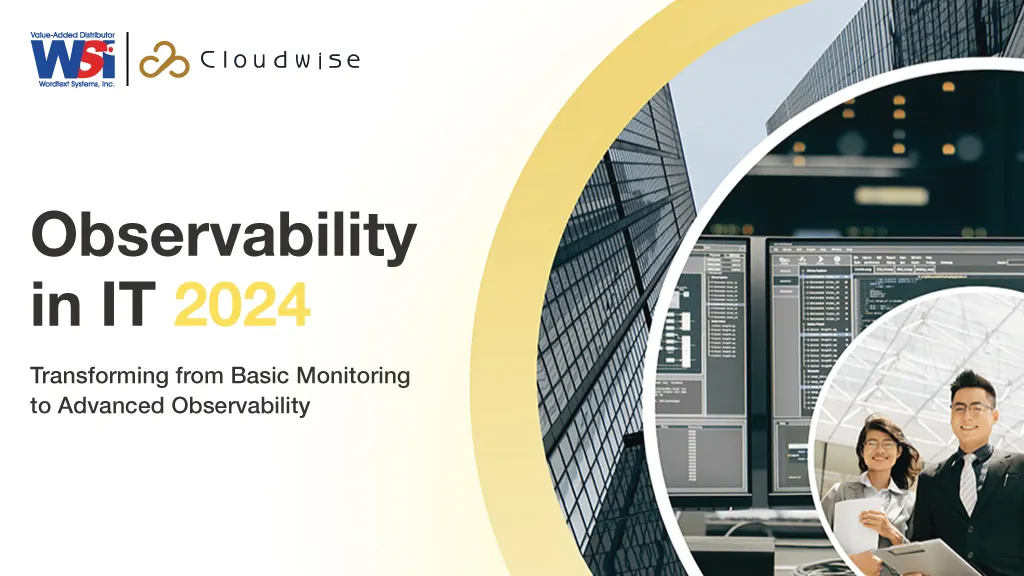As we step into 2024, it’s crucial to examine how IT monitoring and management has evolved into what we now term ‘observability’. This journey is not just a change in terminology but a significant shift in understanding and managing increasingly complex systems. Let’s delve into this transformation.
From Basic Monitoring to Advanced Observability
In the early days of information technology, system monitoring and logging were straightforward. They involved simple checks for uptime, basic resource utilization, and collecting logs for troubleshooting. This was sufficient for the relatively simple, monolithic systems of the past.
The Complexity of Modern Systems
However, the landscape began to change dramatically with the advent of cloud computing, microservices, and serverless architectures. These technologies brought about unparalleled scalability and flexibility but also introduced complexity that traditional monitoring tools were ill-equipped to handle.
Rise of Cloud Computing
Cloud computing revolutionized the way organizations deployed and managed applications. It introduced dynamic environments where resources could be scaled up or down on demand. Traditional monitoring methods, which relied on static thresholds and known system states, struggled to adapt to this fluid environment
Microservices and Serverless: A New Challenge
The shift to microservices further fragmented systems into smaller, independently deployable services. This architectural style improved agility but made understanding the overall system state more challenging. Similarly, serverless computing abstracted away the infrastructure layer, further complicating visibility into system performance.
Observability: A Holistic Approach
Observability emerged as an answer to these challenges. It extends beyond traditional monitoring by not only detecting what’s going wrong but also providing insights into why it’s happening. Observability is built on three pillars: metrics, logs, and traces, each providing a different perspective on system health.
- Metrics offer quantitative data about the system’s state.
- Logs provide a record of events, offering context.
- Traces follow the path of requests through the system, highlighting interactions and latencies.
The Need for a More Sophisticated Approach
With the complexity of modern systems, it became evident that observability needed to be proactive rather than reactive. This means not just identifying problems as they occur but predicting and preventing them. The integration of AI and machine learning in observability tools represents this shift, enabling more sophisticated, automated analysis and anomaly detection.
Looking Ahead: Observability in 2024
Today, as we face ever-growing system complexities, observability has become an integral part of the IT strategy. It’s about continuous improvement, learning from system data, and using that knowledge to make informed decisions. The future points towards even more integration of AI, providing deeper insights and further automating the observability process.
Conclusion
The evolution of observability is a testament to the IT industry’s adaptability and foresight. As systems continue to evolve, so will our methods of understanding and managing them. Observability isn’t just a technical necessity; it’s a strategic imperative that drives businesses towards resilience, efficiency, and innovation.


